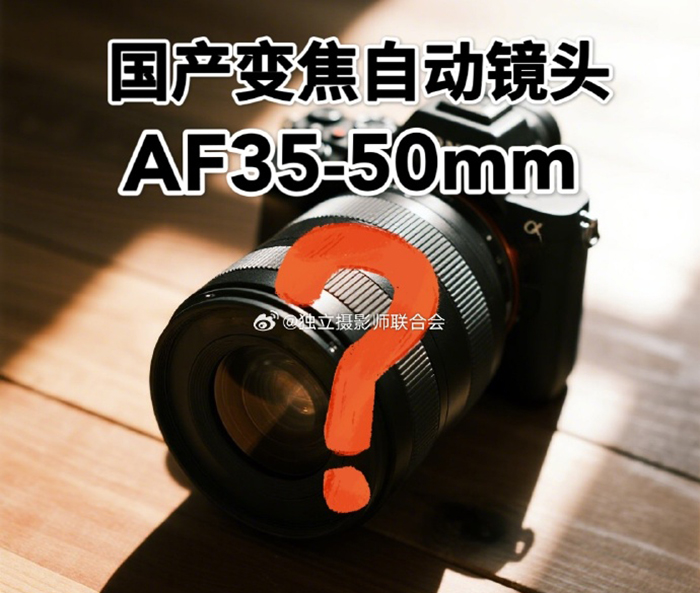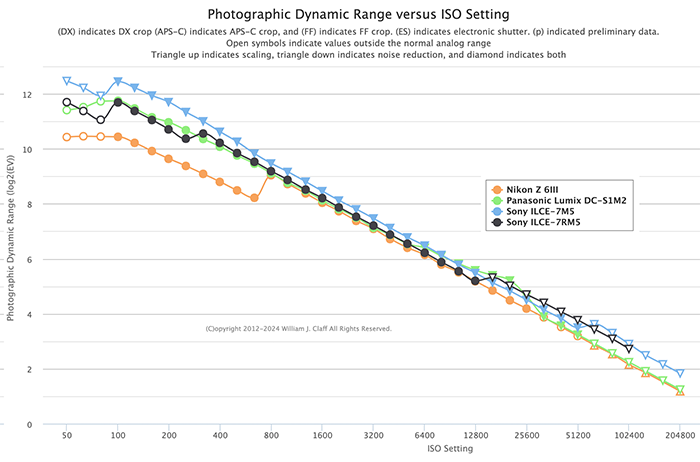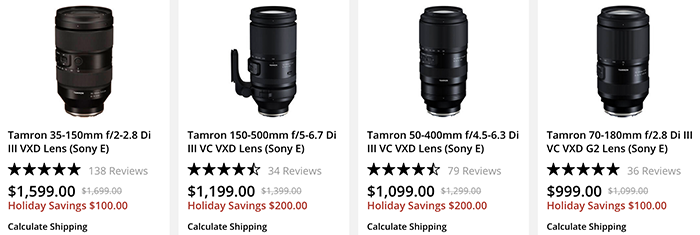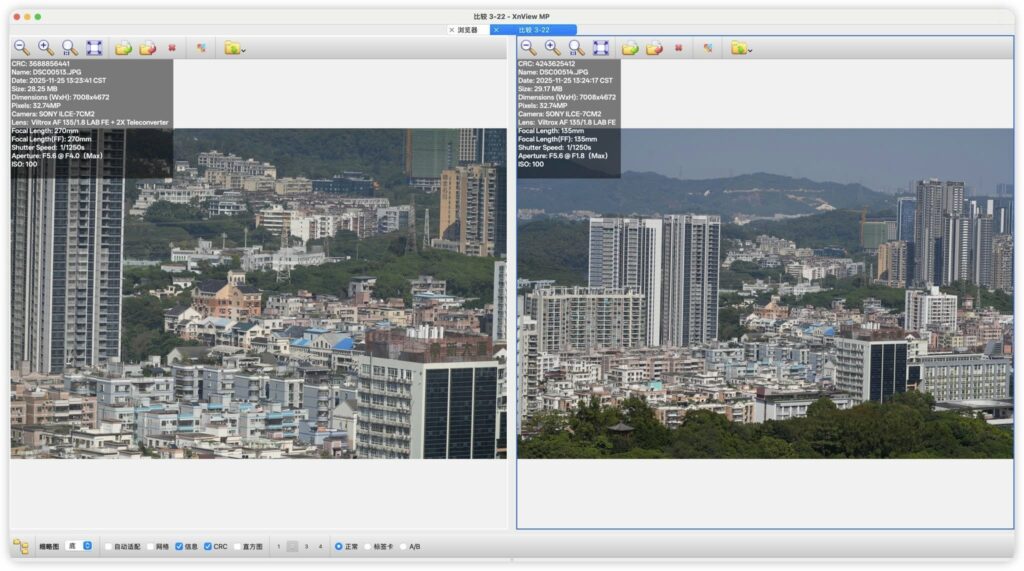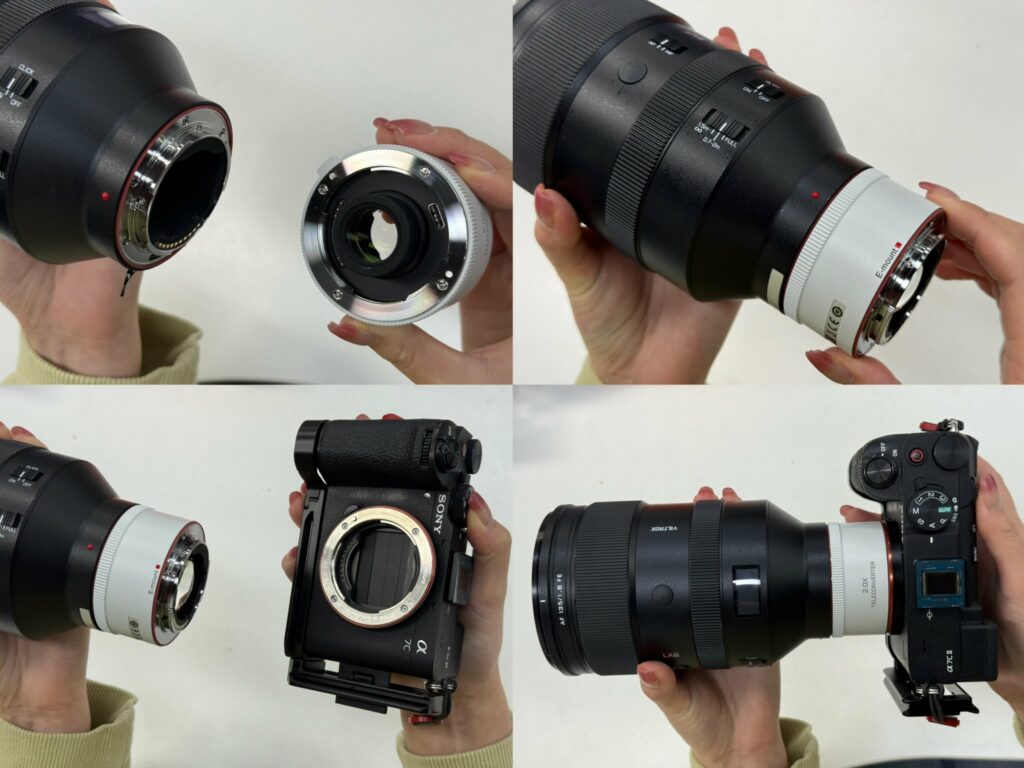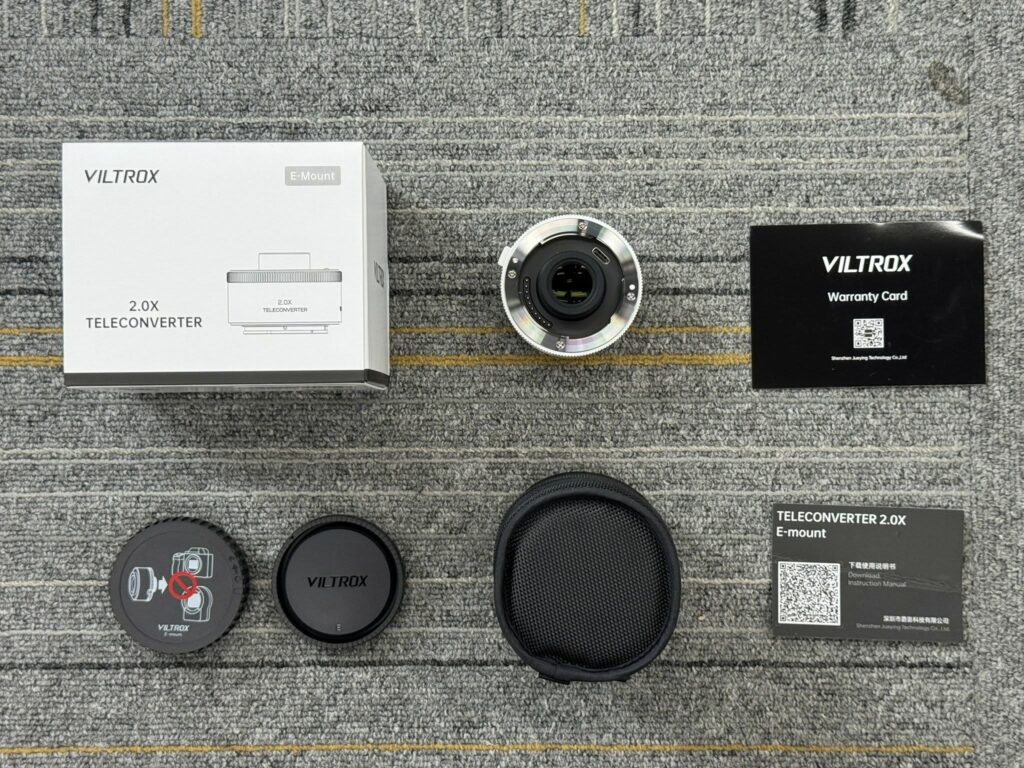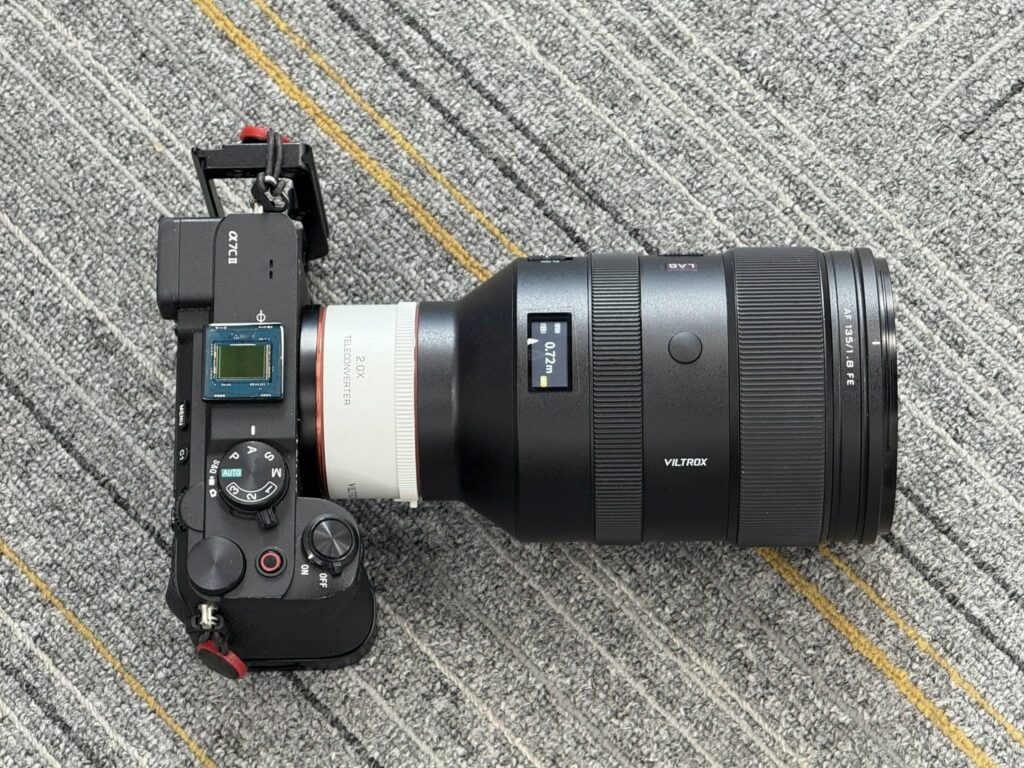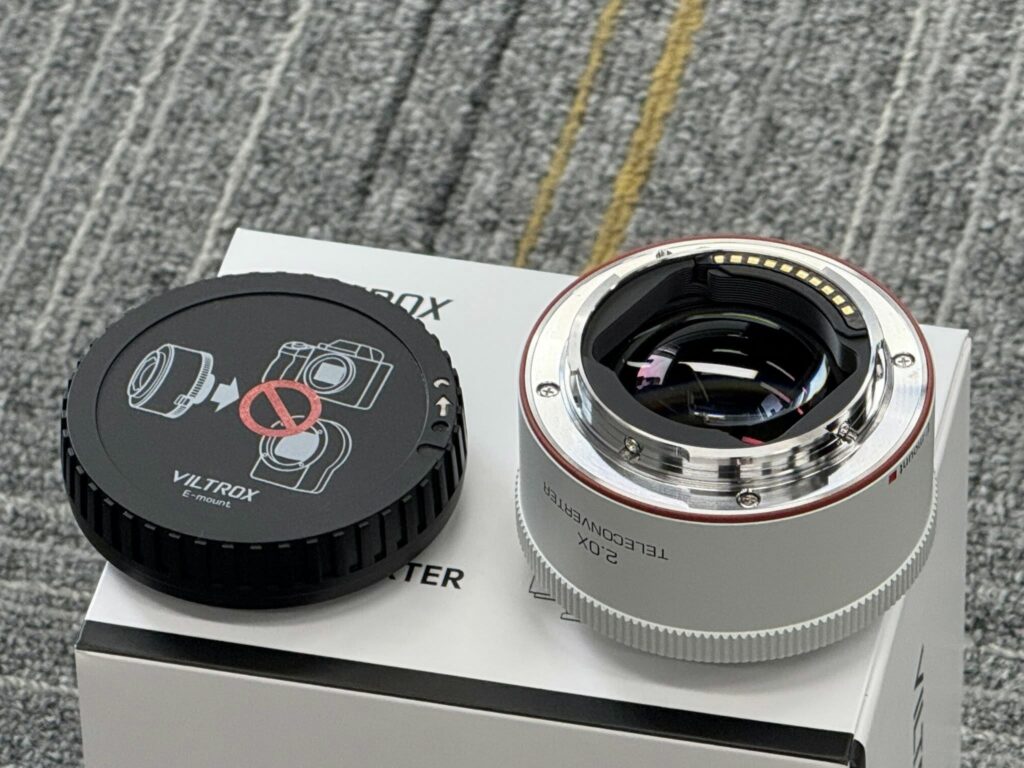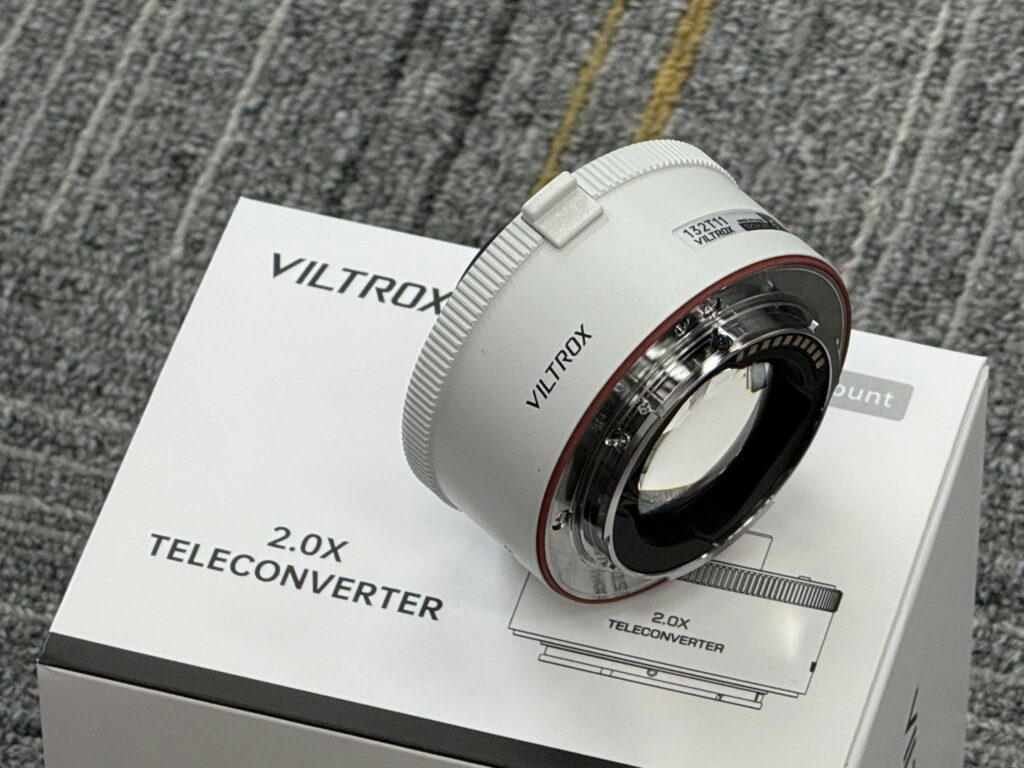Sony A7V impresses — Bill Claff reports a 1-stop dynamic-range boost compared to the A7IV and even rivals medium format cameras!
Sony A7V preorders:
In USA at at BHphoto, Amazon, Adorama, Henrys.
In EU at Fotokoch, FotoErhardt, Calumet, Foto Köster, WexUK, Clifton, Park UK, Fnac FR.
In Australia at: Camera Pro, Sony Australia.
The hype is real! Bill Claff of PhotonsToPhotos has measured the dynamic range of the new Sony A7V, confirming a full 1-stop improvement over the previous A7IV between ISO 50 and 400:

It clearly beats the other two cameras with partially stacked sensors (Nikon Z6III and Lumix S1II) and even outperforms the 61MP Sony A7rV:
Bill Claff has not tested the Canon R6III yet so just for fun I checked how close the new Sony A7V comes to the best in class cameras from the medium format world:
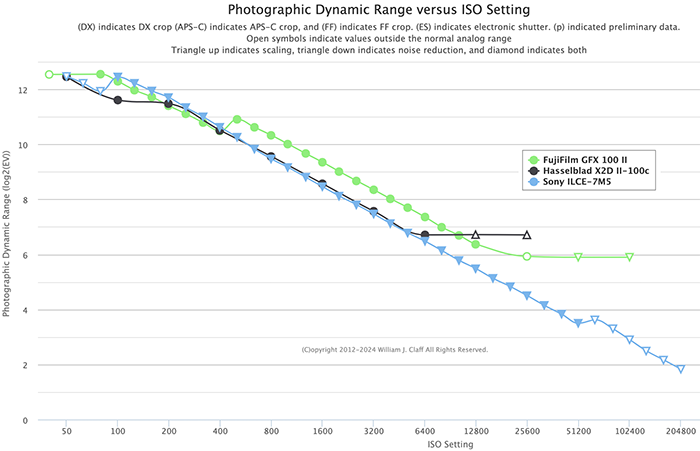
At ISO 100 to 400 the Sony A7V even stays slightly ahead of the FujiFilm GFX100II and beats the heck out of the Hasselblad X2DII.
This makes the new Sony A7V the best-value photo camera on the market! I am totally impressed!
Sony A7V preorders:
In USA at at BHphoto, Amazon, Adorama, Henrys.
In EU at Fotokoch, FotoErhardt, Calumet, Foto Köster, WexUK, Clifton, Park UK, Fnac FR.
In Australia at: Camera Pro, Sony Australia.
Technical note:
Yes — what you are seeing on the chart is still real-world usable dynamic range, regardless of whether the camera reaches it through:
-
pure analog sensor performance (solid dots), or
-
digital scaling / noise reduction (triangles or diamonds).
From a photographer’s perspective, dynamic range is dynamic range — if the RAW file gives you more usable shadow detail and less noise, then the camera truly performs better, even if part of the gain comes from clever digital processing.
